Van Gogh paintings stolen from Amsterdam found in Italy
- Published
Adriaan Doenszelmann of the Van Gogh museum says the Seascape at Scheveningen has special value
Italian police have recovered two Van Gogh paintings stolen during a dramatic raid on an Amsterdam museum in 2002.
The works were recovered from the Naples mafia, they said.
The Van Gogh museum in Amsterdam said the works were found during a "massive, continuing investigation" by Italian prosecutors and organised crime officials.
The paintings were taken when thieves used a ladder and sledgehammers to break into the museum.
They were eventually found wrapped in cloth in a safe in a house in the picturesque seaside town of Castellammare di Stabia, near Pompeii.
The works were among assets worth millions of euros seized from a Camorra organised crime group linked to cocaine trafficking, Italian reports said.
Months earlier, police had arrested several suspected drug traffickers who had invested their proceeds in Dubai, Spain and the Isle of Man. They were reportedly linked to one of the biggest mafia clans in the Scampia area of northern Naples.
Among those arrested in January were suspected drugs gang leader Raffaele Imperiale and Mario Cerrone. It was Mr Cerrone who apparently told investigators about the two paintings.
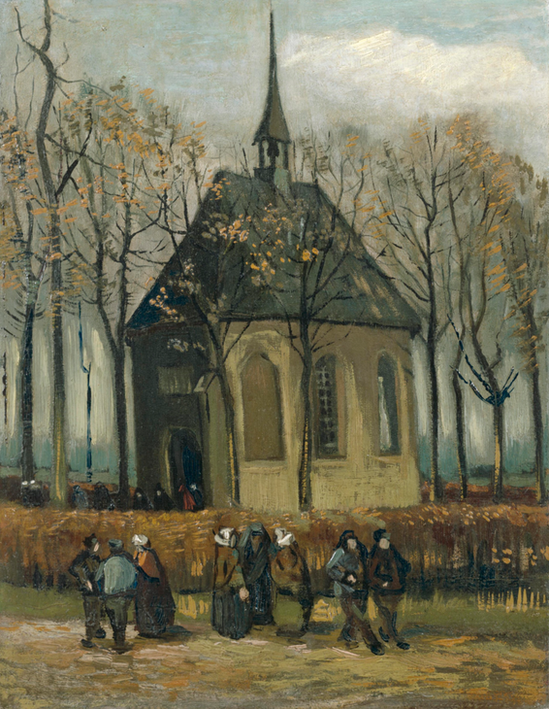
Van Gogh's father was a minister at the Reformed Church in Nuenen
The theft of the two works, valued by investigators at $100m (£77m; €89m), led to criticism of security at the world's major art museums.
The thieves broke into the museum through the roof during the night of 6-7 December 2002, external and used sledgehammers to break a first-floor window.
They took the paintings off the walls of the main exhibition hall. Experts were baffled at the time of the theft because guards had been on patrol and infra-red security systems were in place.
Neither work was insured at the time, and both were on loan to the Van Gogh museum from the Dutch government. Two Dutch citizens were jailed for theft, external but always maintained their innocence.
The museum said it was so far unclear when the works would be returned to Amsterdam but in a statement it said, external they appeared to be in "relatively good condition".
Dutch and Italian ministers were overjoyed by the news, and praised Italian investigators.

Naples mafia develops taste for Dutch masters - by James Reynolds, BBC News, Rome
The Camorra crime organisation of Naples is not known for its understated good taste. Police raids on members' homes have often revealed a preference for ostentatious, kitsch decoration.
Naples police say they found the two stolen artworks in the possession of the Amato-Pagano clan, which they call one of the most dangerous clans in the region.
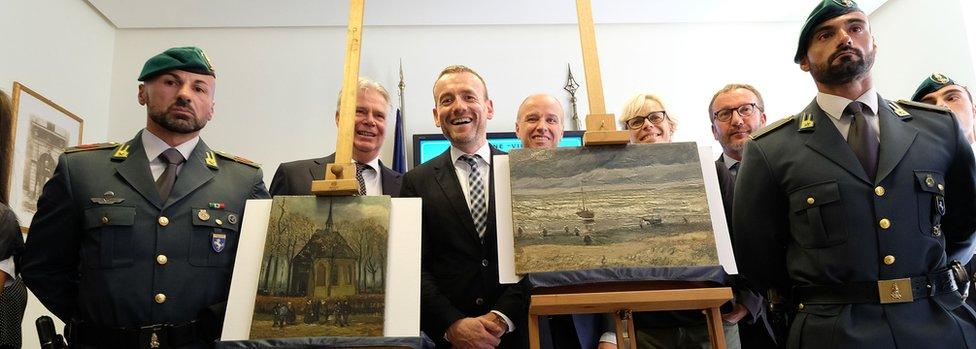
Van Gogh museum director Axel Ruger (C) appears more delighted than the Guardia di Finanza officers on either side
We don't yet know how the clan got hold of them, nor whether its members had been planning to sell the works on the international black market.
The art works are now in the hands of Italy's specialist financial police whose officers, during a brief display, stood on either side of the recovered works. They managed to disguise any admiration they may have had for Van Gogh's brushstrokes.
Read more from James here: Italy's artful dodgers exposed

Why are the paintings significant?
Vincent Van Gogh (1853-1890) is widely considered the greatest Dutch artist after Rembrandt.
Seascape at Scheveningen was one of only two seascapes he painted while he lived in the Netherlands.
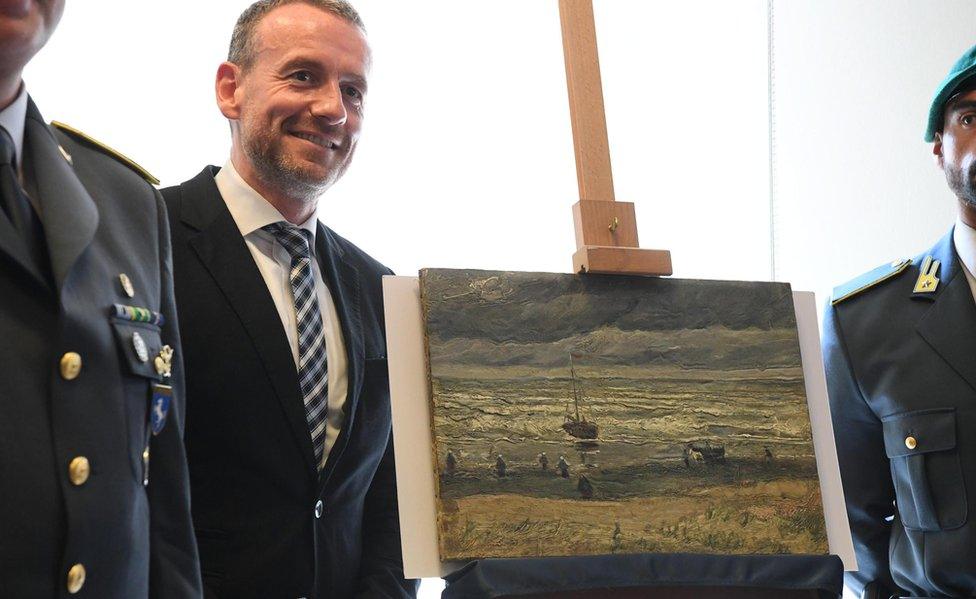
Van Gogh painted Seascape at Scheveningen on a gusty day and grains of sand were embedded in the wet paint
It shows a foaming, stormy sea and thundery sky, and was painted in 1882 while he was staying in The Hague.
Congregation Leaving the Reformed Church at Nuenen (1884) was painted for Van Gogh's mother, but also partly for his father, who had become a pastor at the church in 1882. When his father died in 1884, Van Gogh added churchgoers, including a few women wearing shawls used for mourning.
Van Gogh committed suicide in France in 1890.

Recovering stolen masterpieces
The 2002 Van Gogh museum raid was one of a series of thefts that shocked the art world.

Munch's 1893 work The Scream was found two years after it was torn from a museum wall in Oslo in 2004
In 2004, two Edvard Munch masterpieces, The Scream and Madonna, were seized by armed men who raided the Munch museum in Oslo. Several men were jailed and the paintings later recovered after painstaking detective work in 2006.
Another version of The Scream was stolen from the National Art Museum in Oslo in 1994 and that too was later recovered in a sting operation by UK detectives.
In 2012, seven artworks were stolen from Rotterdam's Kunsthal museum, including paintings by Picasso, Monet and Matisse. Two Romanians were later jailed, telling a Bucharest court that security at the museum had been lax. Some of the paintings were destroyed in an oven.
Earlier this year, four paintings out of a haul of 24 stolen from a Dutch gallery in 2005 were recovered in Ukraine.
- Published30 September 2016
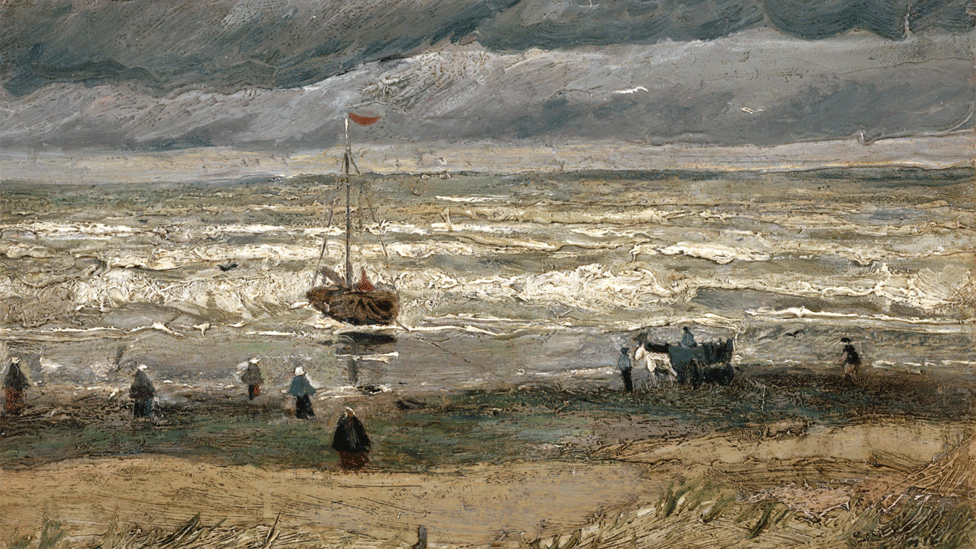
- Published15 April 2016

- Published12 February 2014
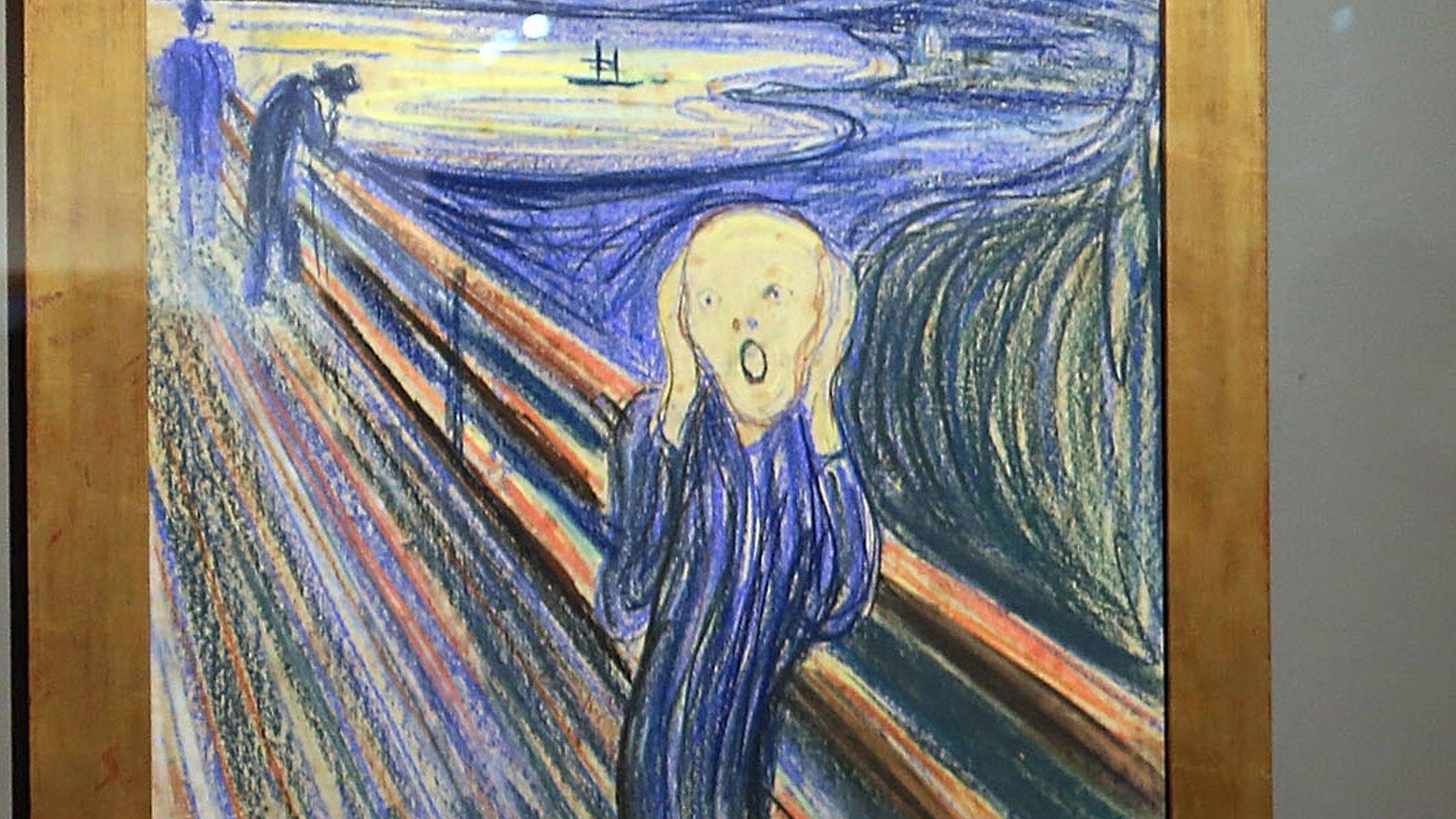
- Published12 July 2016
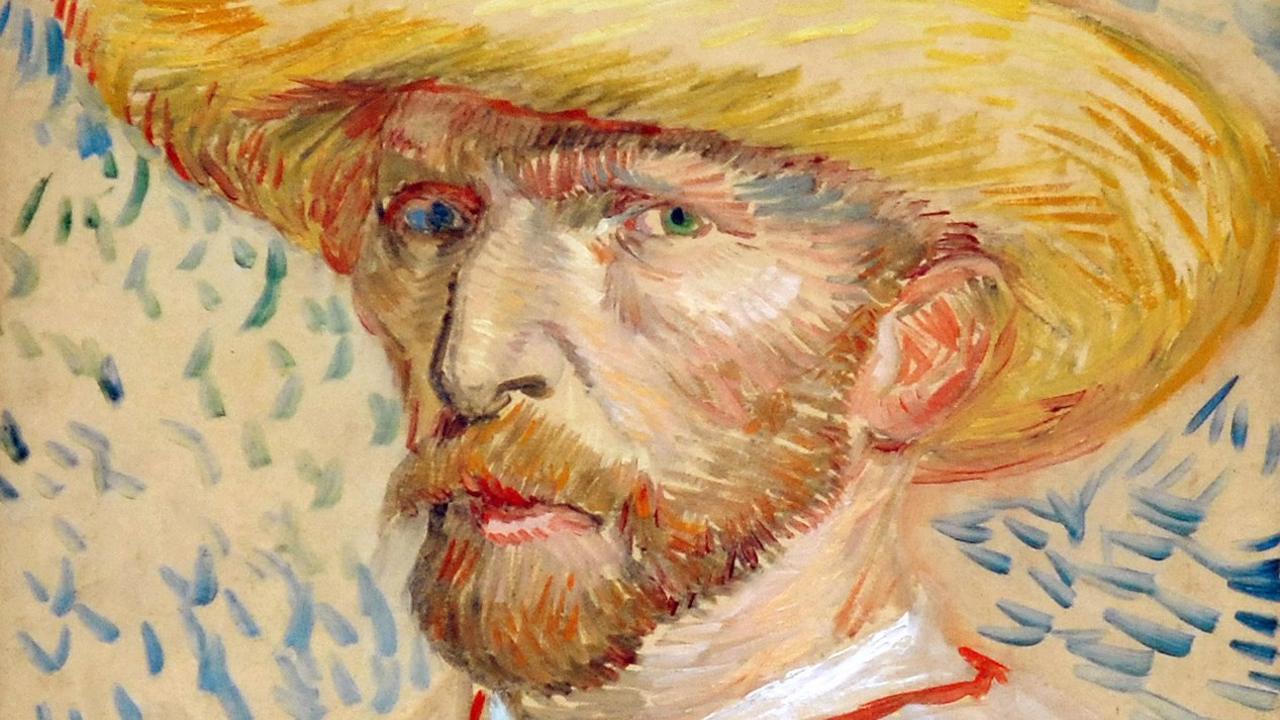
- Published29 February 2016
